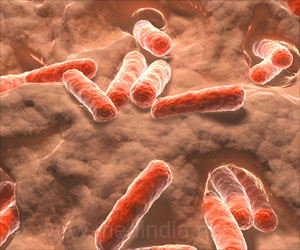A team of scientists has called for new awareness of the potential for antibiotic-resistant illnesses from the marine environment, and pointed to the marine realm as a source for possible
Nature probably has a cure for antibiotic-resistant illnesses hidden in the deep, blue seas; say researchers. The boffins have reason to believe that the marine realm could possibly harbor cures for potential health threats.
The group stated that newly completed studies of ocean beach users point to an increasing risk of staph infections, and that current treatments for seafood poisoning may be less effective due to higher than expected antibiotic resistance.The group also asserts that new research has identified sponge and coral-derived chemicals with the potential for breaking down antibiotic resistant compounds and that could lead to new personalized medical treatments.
"While the marine environment can indeed be hostile to humans, it may also provide new resources to help reduce our risks from illnesses such as those caused by water borne staph or seafood poisoning," stated Paul Sandifer, chief scientist of NOAA's Oceans and Human Health Initiative.
"It is critically important that we continue research on the complex interactions between the condition of our oceans and human health," said Carolyn Sotka, also with the NOAA Oceans and Human Health Initiative.
"We've found significant new tools to fight the antibiotic resistance war," said NOAA research scientist Peter Moeller, in describing the identification of new compounds derived from a sea sponge and corals.
According to Moeller, "The first hit originates with new compounds that remove the shield bacteria utilize to protect themselves from antibiotics. The second hit is the discovery of novel antibiotics derived from marine organisms such as corals, sponges and marine microbes that fight even some of the worst infectious bacterial strains."
Advertisement
The research team noticed a sponge that seemed to thrive despite being located in the midst of a dying coral reef.
Advertisement
The same chemical can also disrupt or inhibit formation of biofilm on a variety of bacteria previously resistant to antibiotics which could lead to both palliative and curative response treatment depending on the problem being addressed.
"This could lead to a new class of helper drugs and result in a rebirth for antibiotics no longer thought effective," said Moeller. "Its potential application to prevent biofilm build-up in stents, intravenous lines and other medical uses is incredible," he added.
Source-ANI
TAN/SK









